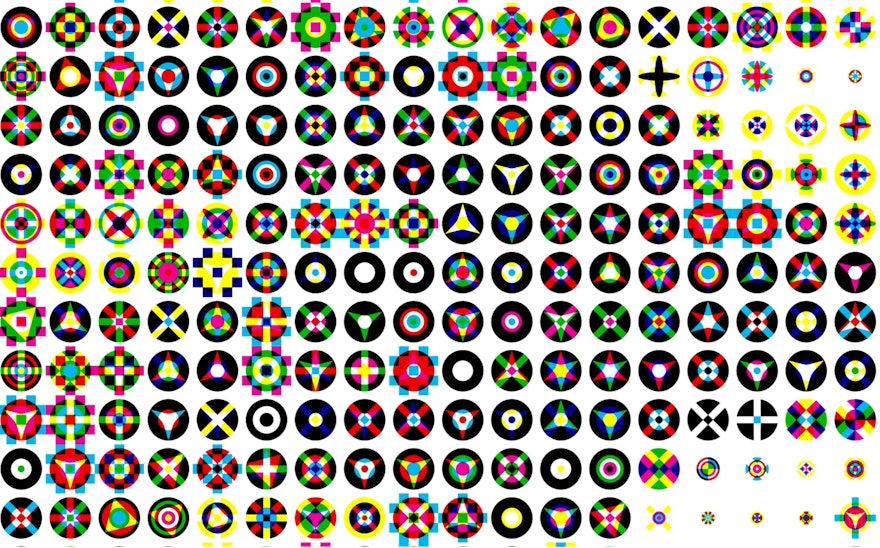Founded in 1829, The Philadelphia Inquirer is the third-longest continuously operating daily newspaper in the US. With a mission of “asking on behalf of the people,” The Inquirer provides essential journalism for the diverse communities of the Philadelphia region and has won 20 Pulitzer Prizes. To help reach a growing audience, Pentagram has redesigned The Philadelphia Inquirer, improving the reader experience and modernizing the paper’s processes. This major update—the first in nearly 30 years—is part of the Inquirer’s new editorial, design and operations strategy across its multiple brand platforms.
Pentagram collaborated closely on the project with leadership at The Inquirer, including Publisher and CEO Elizabeth H. Hughes, Editor in Chief Gabriel Escobar, Design Director Suzette Moyer, and Creative Director Elizabeth Samet. Owned by the non-profit Lenfest Institute since 2014, the newspaper reaches more than 13.3 million people a month across its print editions, Inquirer.com, e-Editions, apps, newsletters, and live events. To encourage this expanding readership, The Inquirer wanted to leave behind its traditional, conservative aesthetic and develop a distinct visual language better reflecting the character of the city itself––bold, friendly and diverse.
"This historic brand update ... focuses on heritage and dynamism, with an intentional shift to be more contemporary and modern," says Hughes. "These changes will provide readers with a richer and more engaging reading experience, while creating additional opportunities for The Inquirer to be more creative and streamlined."
The redesign by Pentagram is lively, crisp and clear, with easy-to-navigate page templates that both aid readers and help simplify production. Strong organization and a controlled use of white space gives layouts room to breathe while also allowing for larger images and infographics. The flexible new grid and a visual toolkit built around type and color enhance The Inquirer’s wide-ranging point of view.
The most significant change is a custom-designed suite of fonts that pays homage to The Inquirer's 193-year history. Designed by Henrik Kubel of A2-TYPE, these are led by Philadelphia Inquirer Clarendon, a recut typeface based on a slab-serif font used by the newspaper from the 1860s to the 1920s. The new Clarendon is bolder and offers a deep range of weights that can be used to build layouts with more contrast and vibrancy, helping to create hierarchy on the page. The group is rounded out by new text fonts for body copy and san serifs, also designed by Kubel.
The visually rich typography is set off by the historic Inquirer masthead. The Pentagram team made subtle updates to the Inquirer nameplate, including restoring the quirky, distinctive tipped “d” in Philadelphia, which was used for more than 100 years, until a 2019 update. A vibrant color system also aids in navigation, giving each section its own distinct look and helping to indicate where it begins.
Some of the new design language has been integrated into The Inquirer's digital products: Inquirer.com, the newsletters, and mobile app. The print edition now highlights additional content on page two with content previews and a daily QR code, contributing to the multi-platform reading experience.
The Inquirer's in-house processes have also been modernized with tools that streamline the workflow and improve collaboration across the editorial team. A simplified layout process allows designers to focus on image editing and additional storytelling forms such as illustration, photo essays, infographic and maps. Where relevant, the Inquirer can now provide its readers a richer, more magazine-like experience, like its recent yearlong project “A More Perfect Union,” exploring the roots of systemic racism.
